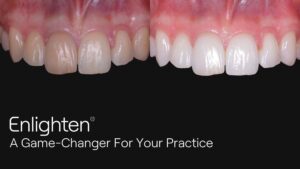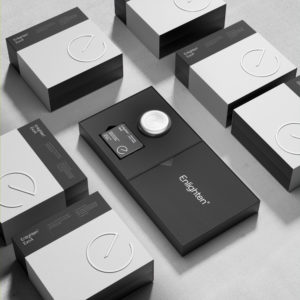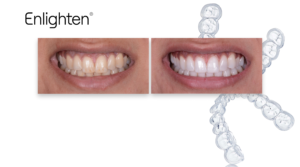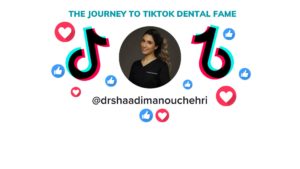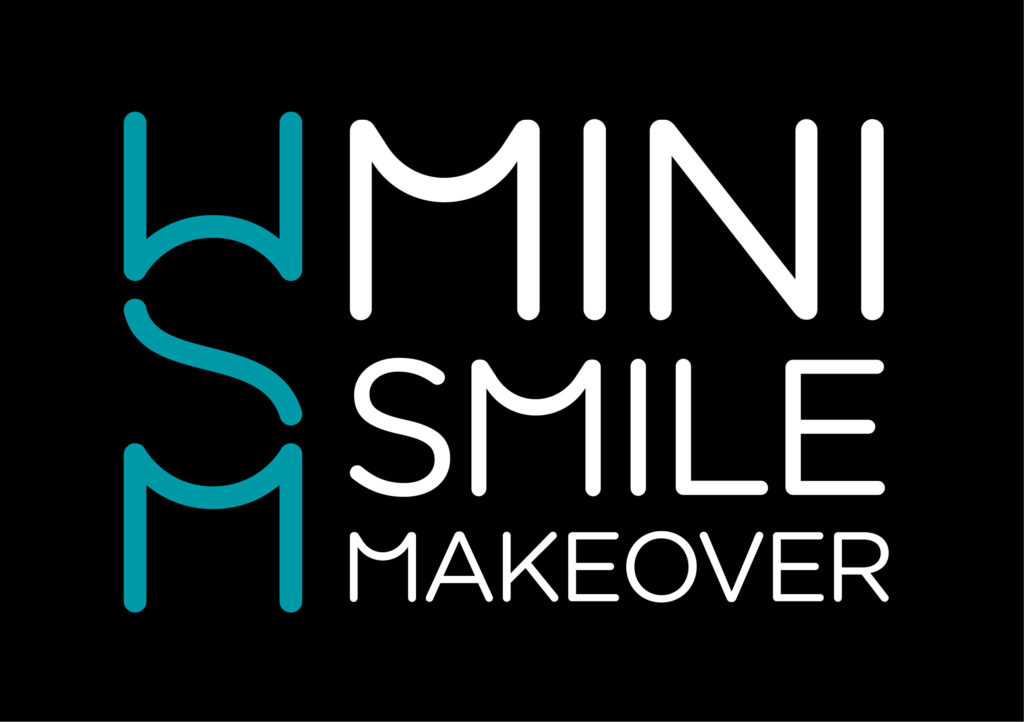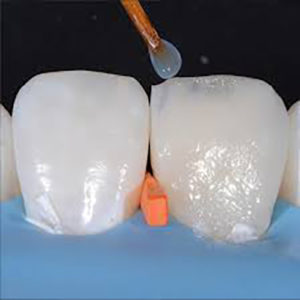My experience in a Mini Smile Makeover hands on course
Student to young dentist... how the MSM experience helped me.
Ajay is currently in his FD year practising in Telford after qualifying. He attended the Mini Smile Makeover course hands on course in Manchester back in April.
Q. Why did you choose the Mini Smile Makeover as the hands on course to attend?
A. With the numerous courses available at the moment to young dentists all around the country, it is important to choose the right one for you and be able to differentiate between them. I chose the MSM for numerous reasons, the first being Dipesh. His reputation precedes him and I have personal experience with his work. 9 years ago Dipesh helped restore my UR1 and the same restoration is still here today having caused no issues. It is what got me thinking about dentistry many many years ago. In more recent years, I have been following the work of Dipesh and constantly wondering how he manages to consistently obtain perfect results of anatomy and function. Obviously I knew that just attending a course would not make me as good as Dipesh but I knew that it would give me an insight of how to start working towards clinical greatness.
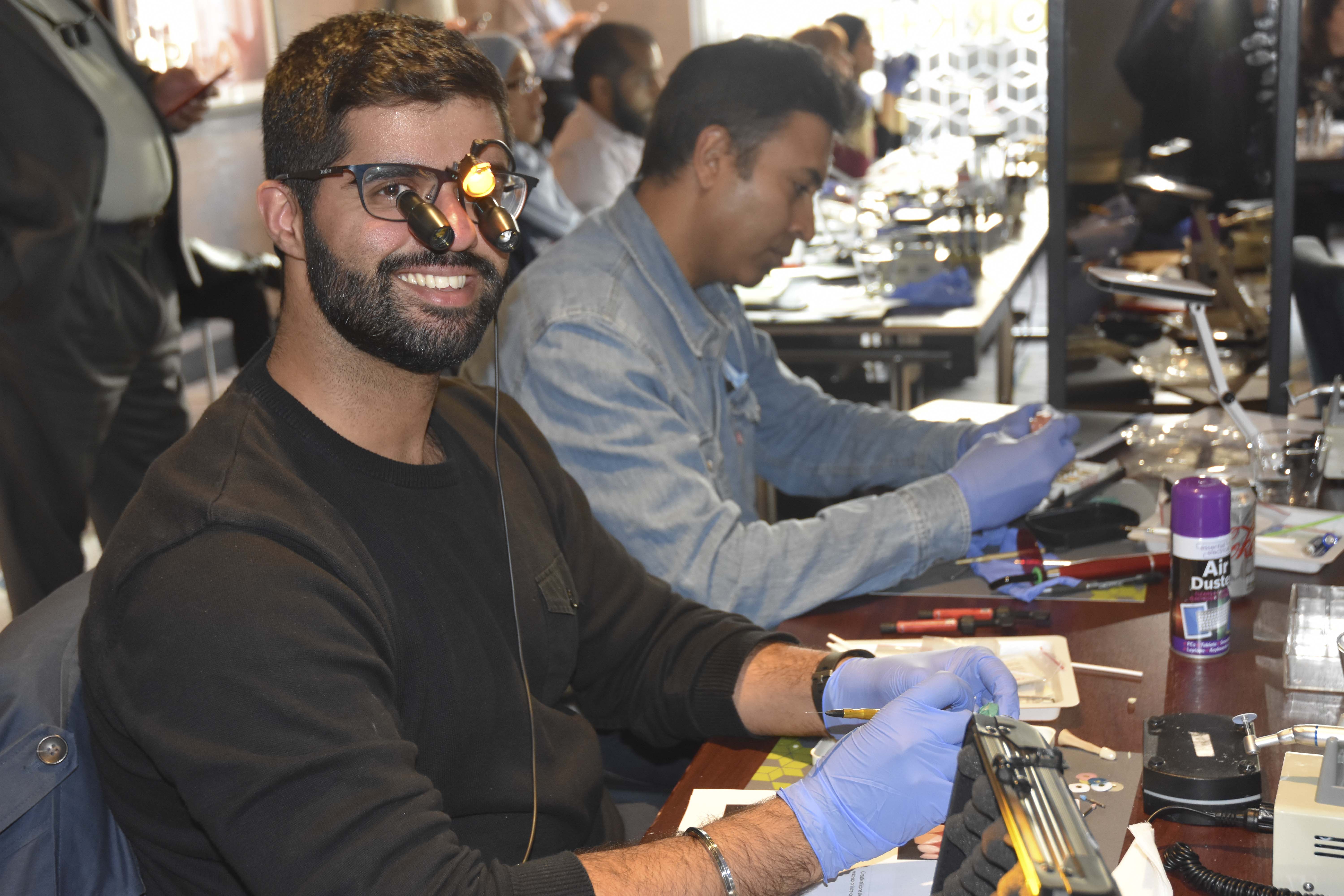
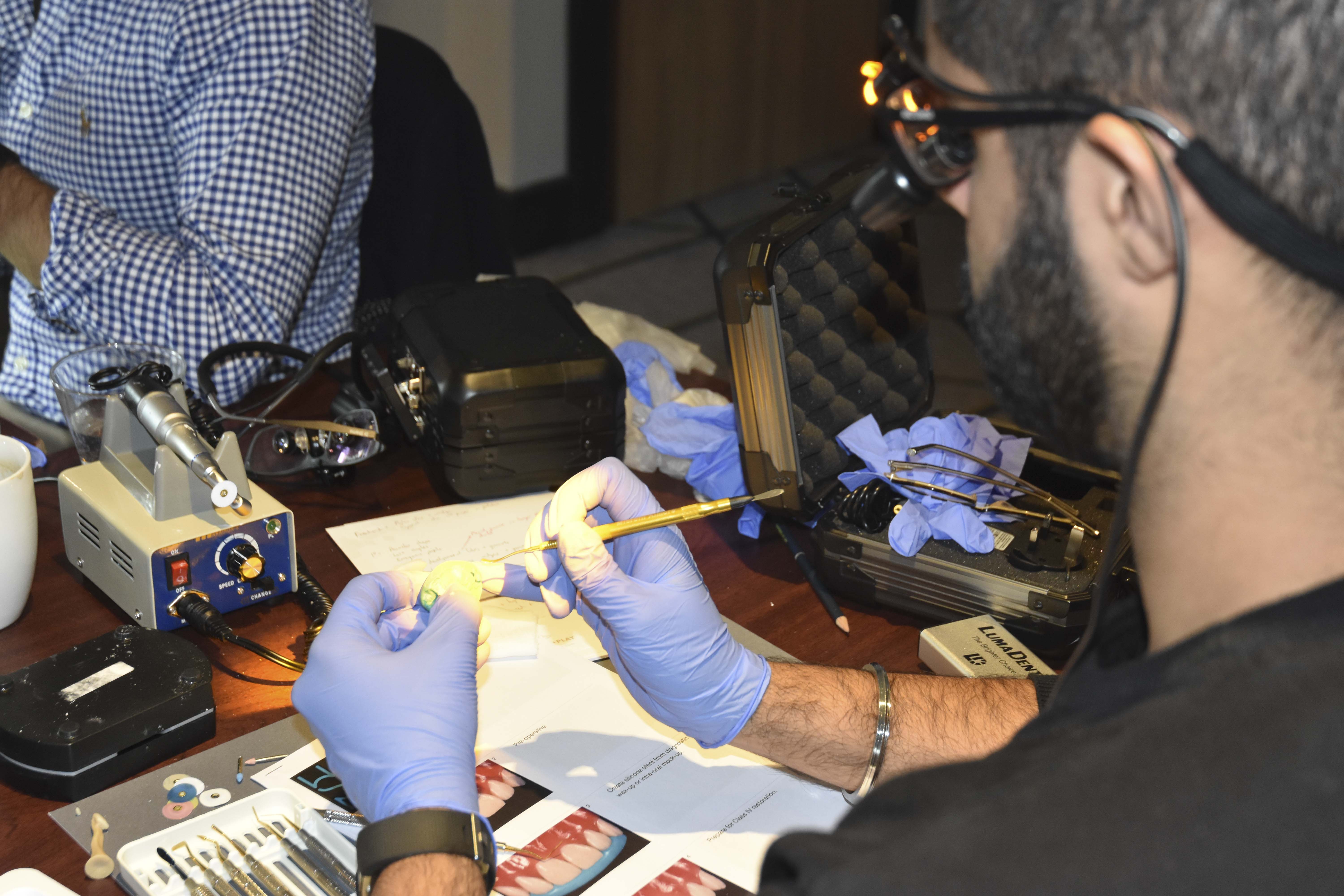
Looking at the MSM course compared to other courses on the market, I quickly saw the many amazing reviews from dentists who had taken the course. The greatest part I saw from the outset is how Dipesh did not just talk about these techniques as a concept, he showed the group his own experience with using these techniques. Some other aspects which attracted me the most was that the course uses the best materials and instruments (Cosmedent), with in depth and hands on explanations of how to use them. I will go into more detail about this later. I also saw that there is a great networking opportunity with the other delegates and the chance to make great friends. Everything put together made me see that this was a great opportunity.
Q. Why did you initially want to attend a course about minimally invasive dentistry?
A. Today’s world of dentistry greatly revolves around preserving as much of the healthy natural dentition as possible. Minimally invasive dentistry should be the concept for all aspects of dentistry but coming out of university or as a young dentist, we aren’t aware of certain techniques which can help preserve the natural tooth as much as possible to obtain a functional aesthetic result. As I said, I have had personal experience with dental trauma which left me with a class IV fracture on UR1. I did not want any more tooth taken away than needed so I am glad I had a clinician who knew how to deal with these situations well. This is something young dentists should all be striving towards, and learning how to overcome these issues is something that greatly interested me because of the examples I have seen all over social media and case presentations.
Q. Do you want to tell me a bit about your experience with the Mini Smile Makeover?
A. I attended the Mini Smile Makeover course in Manchester back in April without knowing a lot about what to expect apart from the fact that I knew I would learn a lot. The course was a two day course focusing on different aspect of recreating nature through composite. The first day concentrated on simple layering techniques as well as going through anatomy basics and shaping techniques. This was very useful for me because at university there is not a great emphasis on how to aesthetically restore function to anterior teeth.
This was greatly beneficial for me as I could final gain some understanding on the form and function of natural looking restorations being taught by Dipesh who has done countless numbers of these cases. At university as students we very easily dismiss tooth morphology and dental materials as two modules that are so small and therefore irrelevant. This was shown to us to be of paramount importance and Dipesh helped us understand this with his style of teaching.
This course was very useful for me because at university there is not a great emphasis on how to aesthetically restore function to anterior teeth
The course was taught by Dipesh for the most part giving us talks on the theory behind composite layering by showing us from his personal first hand experience. In my opinion, seeing his own work helped us all visualise the correct way of doing it. Hearing him speak was very motivating as he was telling us about his career progression and how to self-improve, it was very clear to see how passionate he was about this topic. It showed through when speaking, which made it so engaging for all the delegates.
Throughout the whole first day there was a constant stream of new information for me to make note of such as the different layering protocols which can be used in different situations, which was completely new to me. For me it was also useful learning about how to treatment plan these cases in order to obtain the correct final result. This involved Dipesh explaining the importance of photography while instructing us on the correct settings and methods to obtain the best results.
For me, this was great as I wondered how it was possible to obtain consistent results using just the naked eye (whether it is magnified with loupes or not), but by explaining the use of photography and computer software to help identify different shades in the tooth. It was basically a quick masterclass of shade mapping.
It was a quick masterclass of shade mapping
The hands on aspect of the course consisted first of us making a shade tab out of Renamel composite and then trying single shade build ups. It was great as it allowed us all to practice the shaping techniques explained and introduced us to a number of Cosmedent instruments which were practically invaluable in order to get the primary and secondary anatomy which allows us to mimic nature. Using the Casi and IPCL first hand showed me how easy it was to quickly recreate results consistently as long as the understanding of the technique was there.
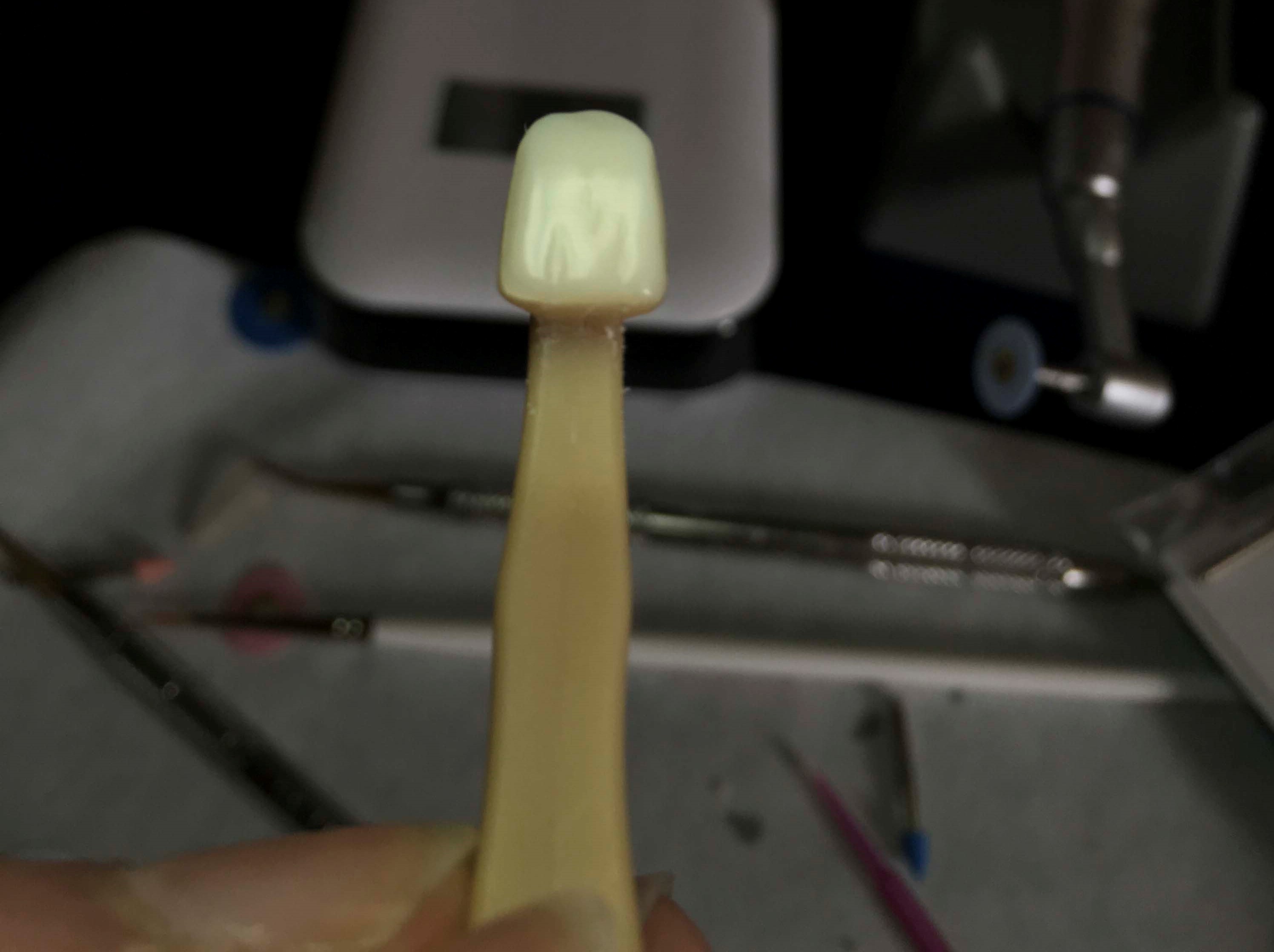
The hands-on aspect was also useful as we were not just left to our own devices to just simply try these techniques. Dipesh, Payman and the other demonstrators (Stuart Ray and Chiggs Patel) were also on hand to aid us in the hands on. They were all going around the room checking our work and understanding to ensure we were recreating nature like the theory had just taught us. The demonstrators were a great addition to the course as they had a lot of experience with these build ups and protocols and were able to give us such practical tips to help us through the process. On top of this they made it more enjoyable because they and all the staff were so approachable and willing to give advice as well as having a laugh.
After the first day we were all treated by Payman to dinner at a great restaurant in central Manchester. It was such a great evening where we were able to get to know the other delegates and have a laugh and share stories. It was a great way to make some great friends and contact. The rest of the delegates were all great and we had a great time. It really added a personal touch to the course and let everyone unwind a bit.
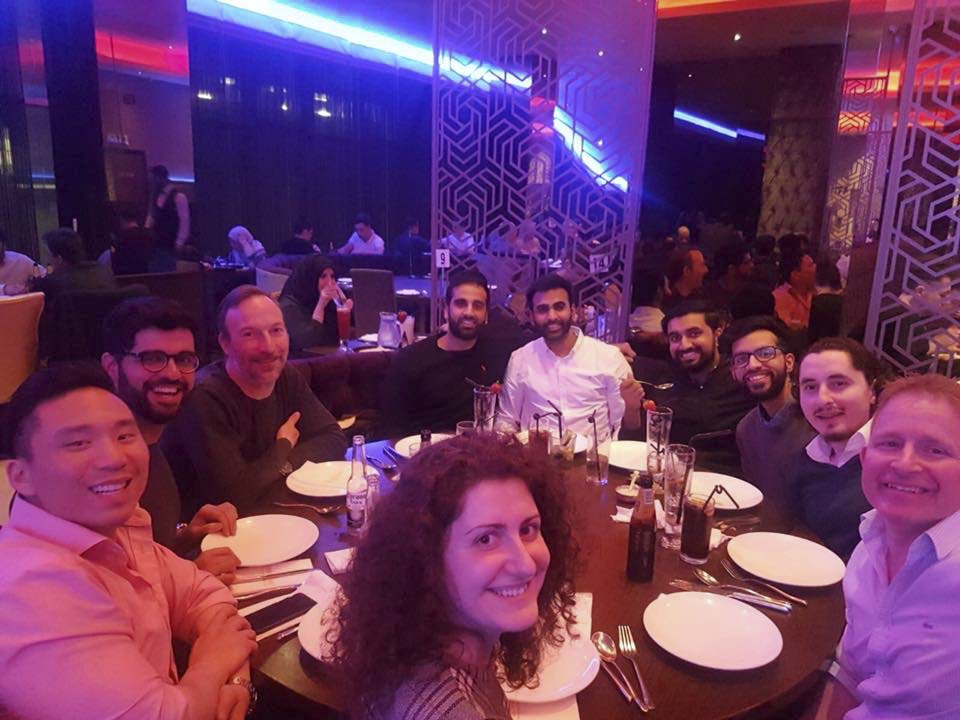
The second day continued on from the first day with a quick recap of the techniques we used and then theory on how to carry out multi-shade layering techniques for single tooth build ups in order to mimic the natural teeth. This was a more complicated process but Dipesh described each step using clinical photographs to explain the best way to do it and this made it very easy to follow. He explained techniques to simplify the process such as using photography to analyse the adjacent teeth.
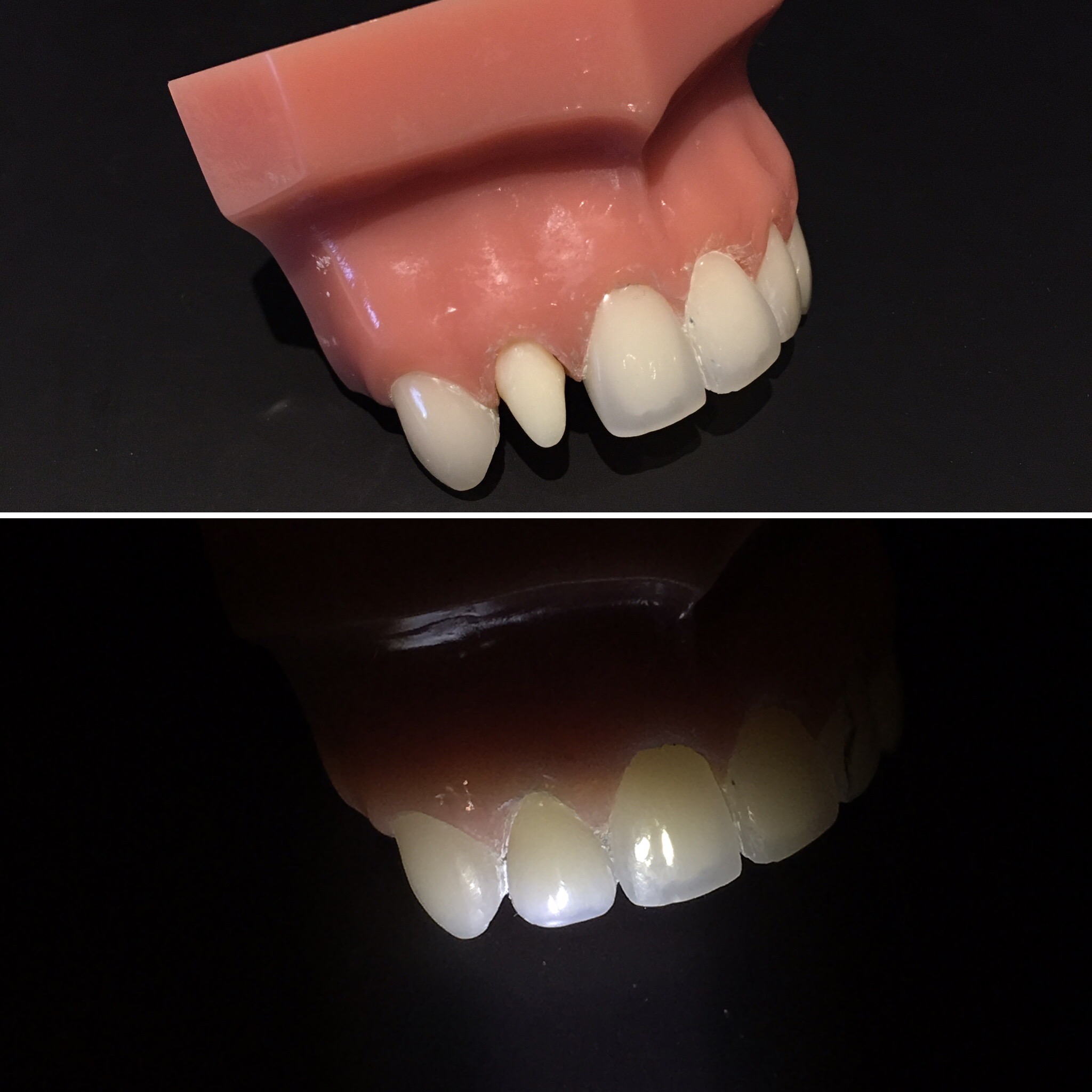
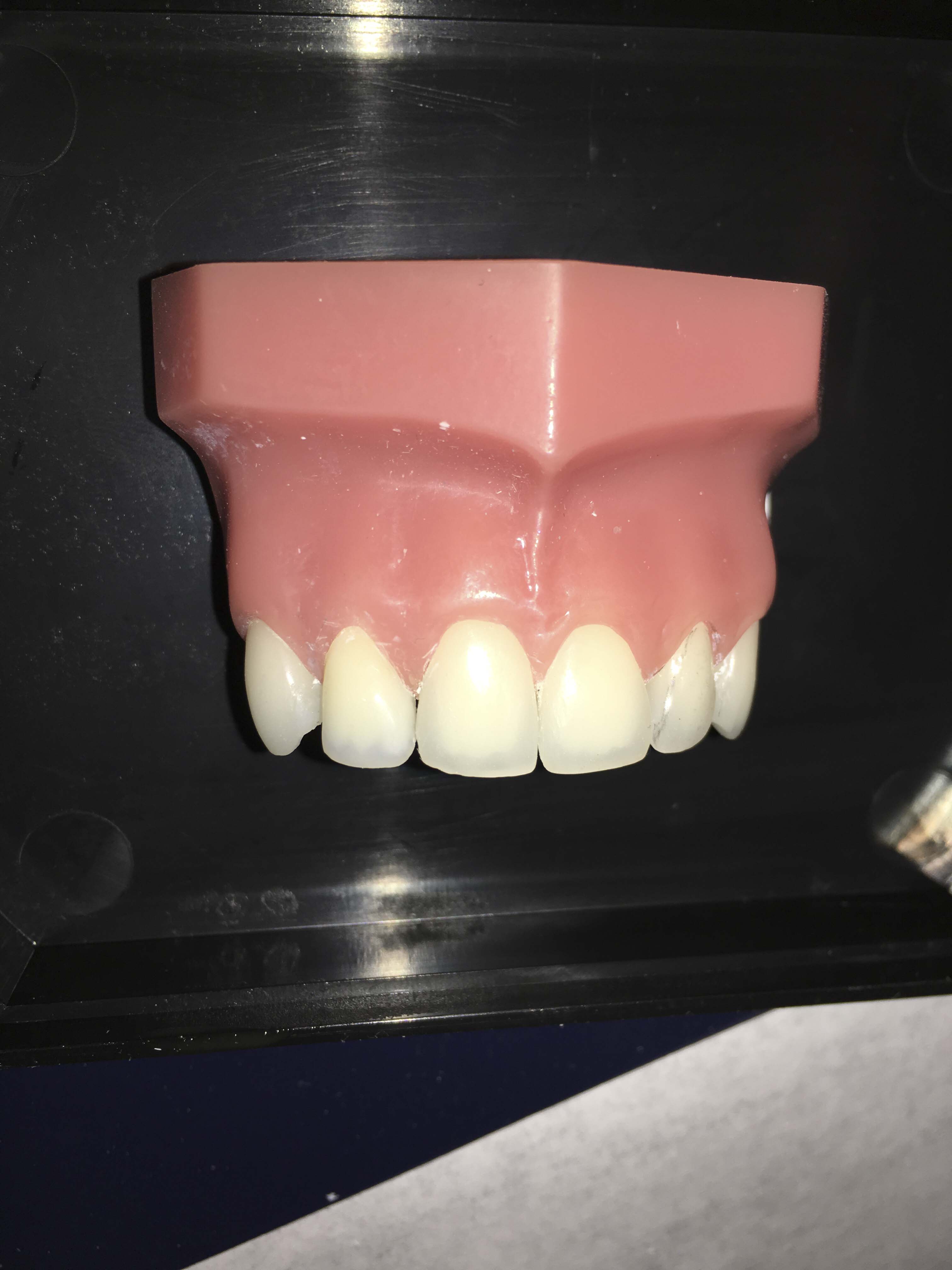
Kunal Patel gave a great introduction of how to use our work in order to attract more patients. I think this is what really differentiated the MSM from other courses. Kunal gave his own experiences on how he used MSM to market his practice and become a MSM provider. He showed us how easy it can be to explain to patients the simplicity of the MSM using marketing techniques that make it easier for patients to understand such using the ABC initiative which is a play on the ABB technique used.
Q. As a student/ young dentist do you think it was useful for you?
A. This course was invaluable to me. In university we are not taught how to manipulate dental materials in order to blend a restoration into a natural tooth which will not only make the restoration look aesthetic but will also increase the patient’s confidence.
The MSM course for me was great for me to understand the primary, secondary and tertiary anatomy of an anterior tooth as well as how to match these to what the natural dentition would look like. It was interesting for me to see how I can improve my techniques and how I can fine tune the manual dexterity required to shape the materials.

It was also great to get to know the other delegates who have been practising for a while. They gave me their own advice and their own tips to providing great treatment to patients. It was great for me as a young dentist to hear what has been difficult for other dentists to deal with and how they overcame these problems. The MSM allowed me to connect as we are all sat together and able to interact with Dipesh about these problems.
Q. How have you used the knowledge gained from the MSM course in your practice now you have started DF?
A. The knowledge I gained from the MSM course did not just limit itself to the composite layering techniques. It also involved the planning and assessment of these mini smile makeovers. With the knowledge of what can be achieved with a mini smile makeover, I am able to inform patients of possible outcomes which can be achieved.
Also I can mentally plan out which cases are viable and which cases would require multi-disciplinary intervention, therefore I can provide my patients with some information of how they can proceed. Even in this very early stage of my career, it has been possible for me to inform some patients of the procedures which would best suit them.
There has been a couple of opportunities for me to do put into practice the composite techniques in order to blend into a natural tooth and create a strong bond which increases the longevity of the restoration. This has all been adapted from the techniques which I have learnt in the MSM course.
Case example
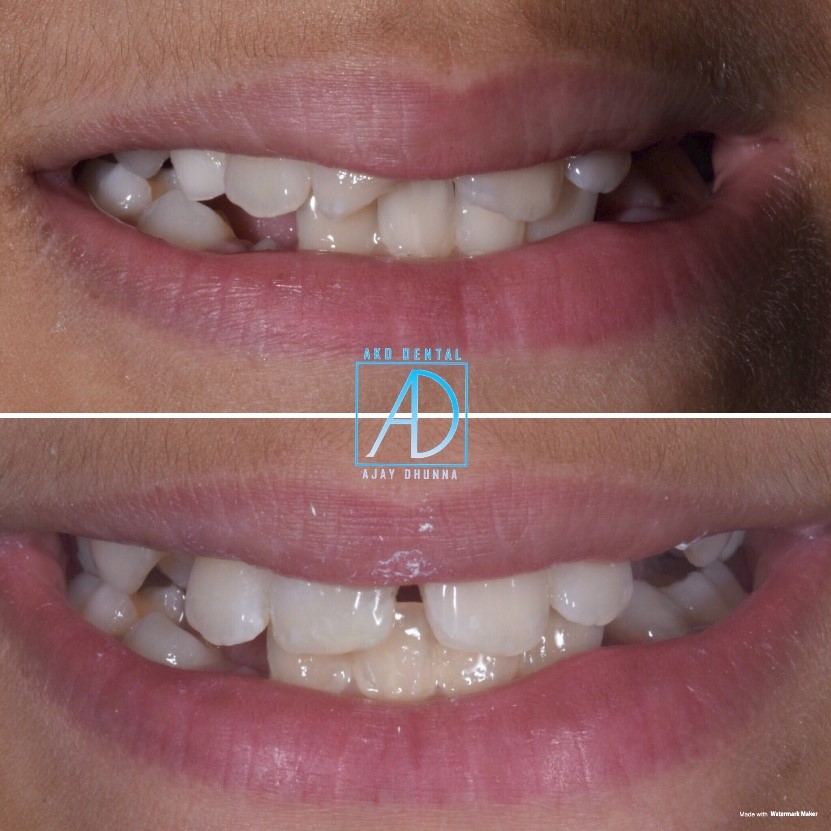
An example of how I have used these techniques is shown from a trauma case which I had to fix quickly. I had a 30 minute appointment to restore two class IV fractures in a child. I used the techniques from MSM to fix this. Using one of the layering protocol techniques explained as well as the Casi and IPCL which I had purchased to be able to restore the tooth to make it look natural. I would not have been able to a decent job in such a short time with my experience without the teaching from MSM.
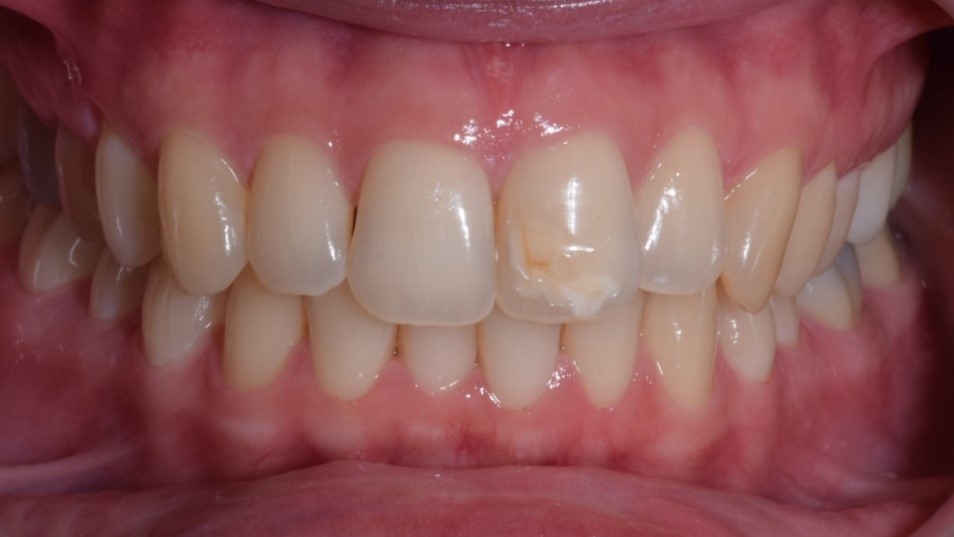
I have also got another case coming up which involves a hypoplastic UL1 due to previous trauma which the patient has dealt with her entire life but now wishes to have something done about it. Covering up lesions in the tooth was another thing we were taught on this course. This is a problem which affects so many patients through fluorosis, MIH, hypoplasia etc but many dentists do not know how to deal with it in a minimally invasive way. It was invaluable to learn this on the course and see the first hand practicality of implementing it in my surgery. This does just not mean the practical side, I have been able to explain the different treatment modalities to the patient, the benefits and risks of these as well as telling the patient what to expect. This helps deal with the consent issue which presents itself in today’s world of dentistry.
Q. Do you recommend the MSM course to young dentists?
A. To summarise all of what I have said there are a number of reasons I would recommend the MSM course to young dentists:
- Development of practical skills.
- Development of knowledge of anatomy in order to recreate nature through composite restorations.
- Single shade and multi shade composite layering techniques.
- Further improvement of knowledge which extends past the limitations of what is taught at university.
- The course included a business presentation also which allowed us to understand how to reach more patients and provide quality care.
- The MSM was a great way to network with like minded dentists who were also very willing to share their experience with a young dentist and help increase my knowledge.
I was very grateful to be able to attend the MSM course and now I can further this into practical care for my patients now in dental foundation.
I would like to thank Dipesh, Payman, Chiggs, Stuart and the whole Enlighten team for such a good experience and invaluable knowledge as well as friendships.
› DIG DEEPER ‹

» Training
To become an Enlighten Whitening Expert and get CPD certified for free hit the button below to take our hour-long online training.
» eBooks
Learn how to dramatically increase the number of whitening treatments you do here.
» Websites
Or if you’re interested in knowing more about the Enlighten Teeth Whitening System, then give it a click right here.
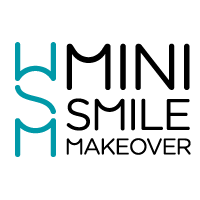
» eBooks
Read up on the 6 tips that will perfect your anterior resin restorations here.
And to discover how you can achieve the aesthetic results you want when doing a single veneer with a single shade of composite, click here.
» Websites
If you want to learn more about the 2-day hands-on anterior composite masterclass with Dr Dipesh Parmar, click here.
» Podcast
Learn how to emulate the success of the movers and shakers in the dental industry from their own mouths, featuring the nuggets of knowledge from likes of Simon Chard, Andrew Moore, Tif Qureshi, Mark Hughes and many more.




